Business Communication and Academic Writing: Aristotle's Appeals
VerifiedAdded on 2020/05/28
|5
|1614
|300
Essay
AI Summary
This essay delves into Aristotle's three appeals—ethos, pathos, and logos—and their application in modern business communication. It defines each appeal: ethos, emphasizing ethical credibility; pathos, appealing to emotions; and logos, relying on logic and reason. The essay provides examples of how these appeals are utilized in advertising and marketing, such as presenting product quality (ethos), evoking emotions through imagery (pathos), and using logical arguments (logos). Furthermore, the essay evaluates the relevance of these appeals in today's digital age, acknowledging that while ethos remains crucial, the effectiveness of pathos and logos can be limited due to informed consumers and the rise of social media. The conclusion highlights the importance of ethos in building trust and adapting to the changing landscape of business communication.
1 out of 5
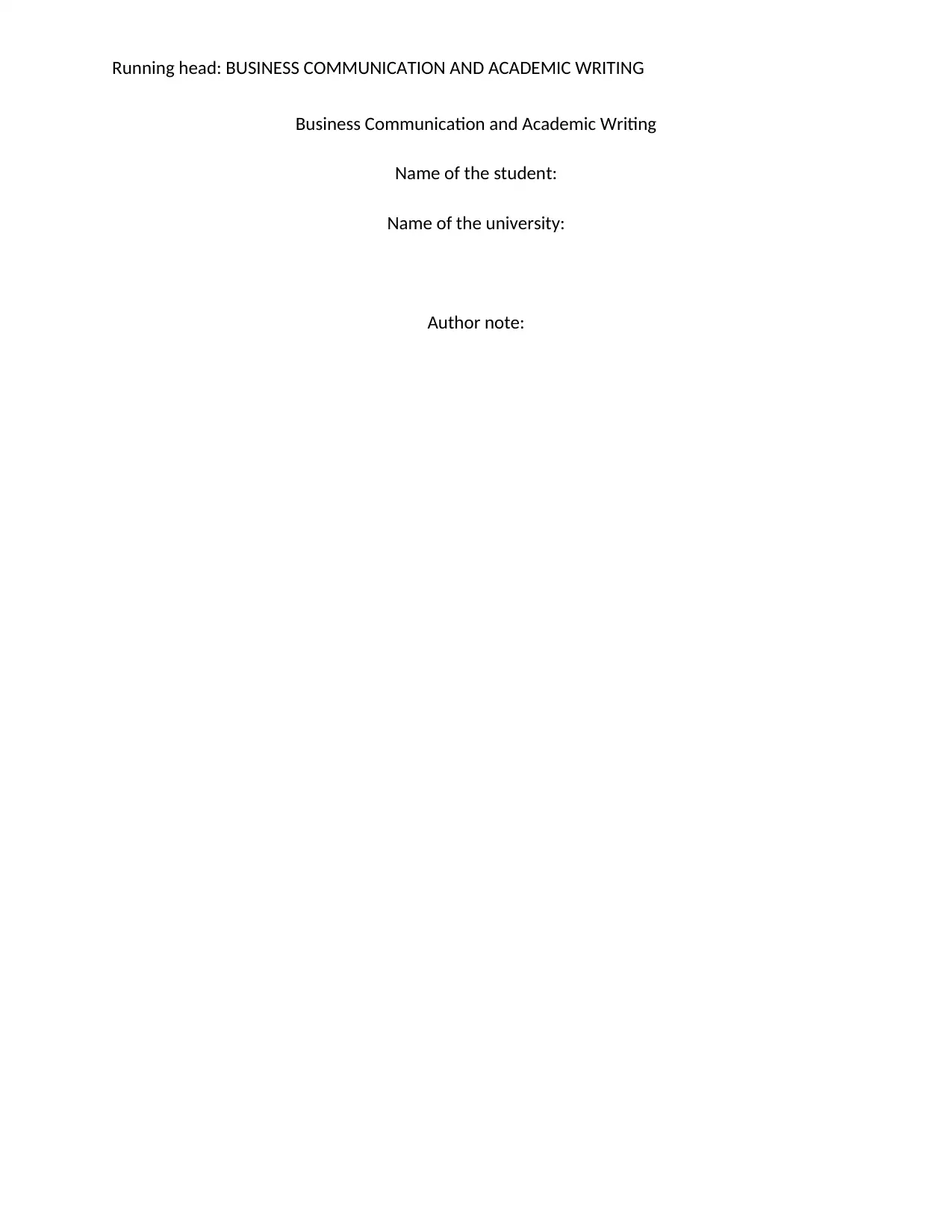
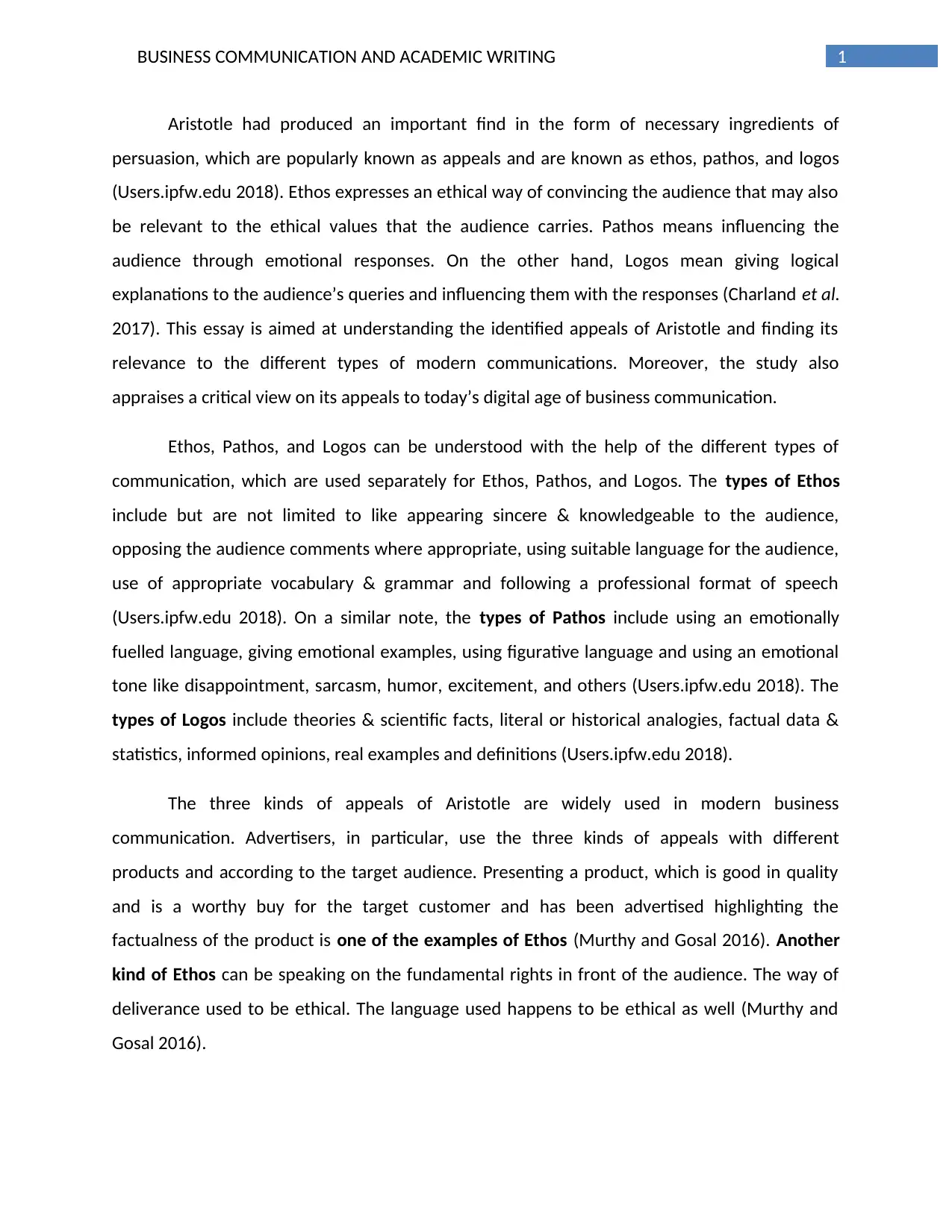
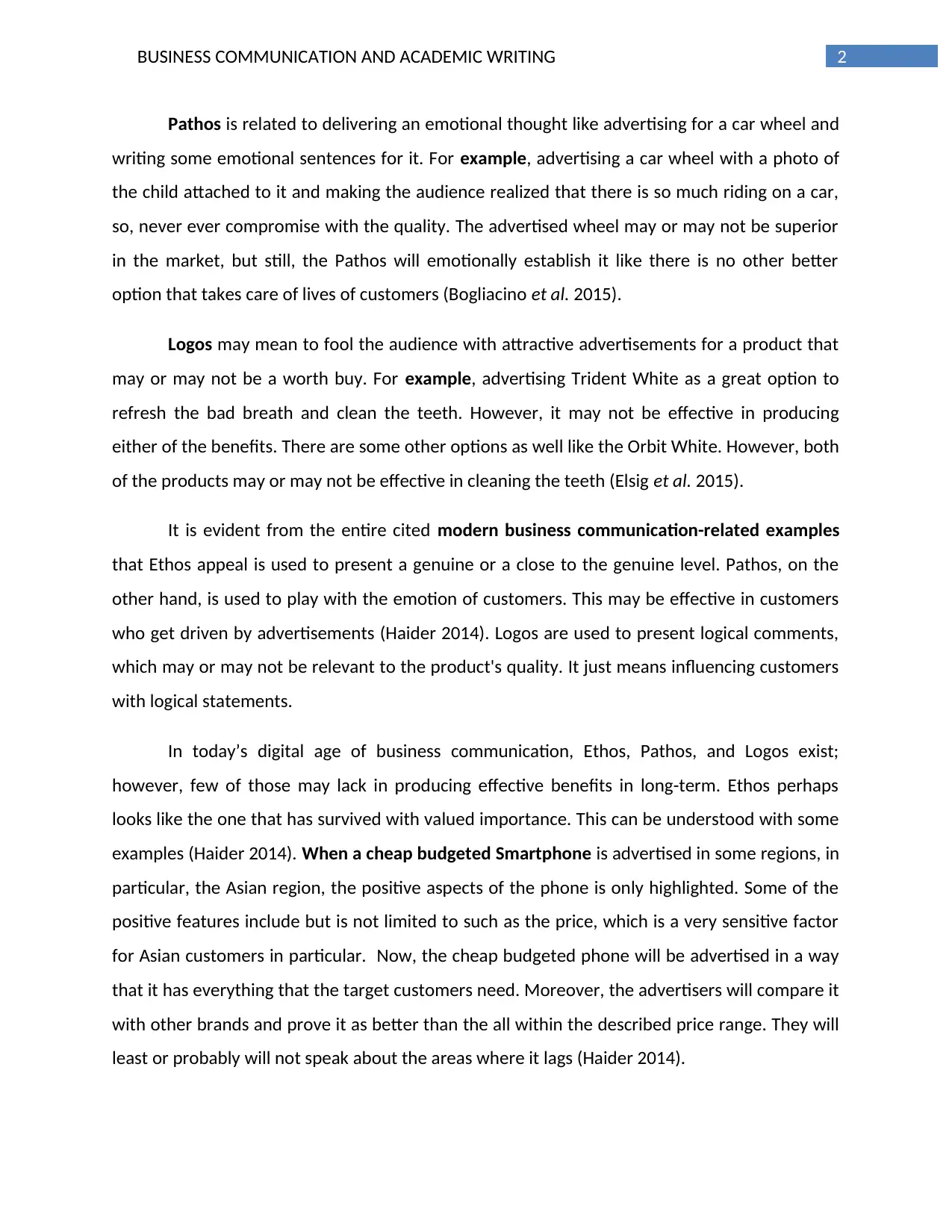
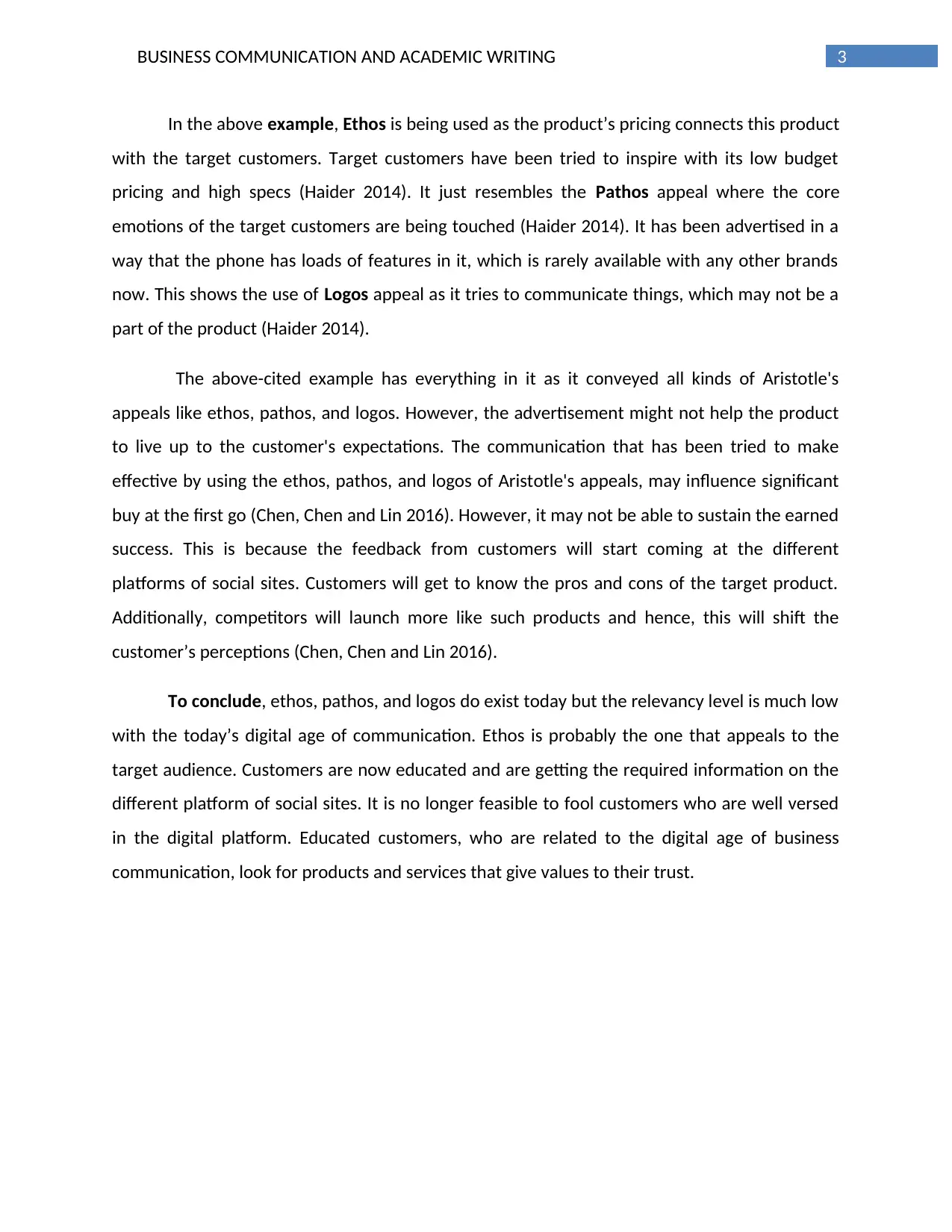
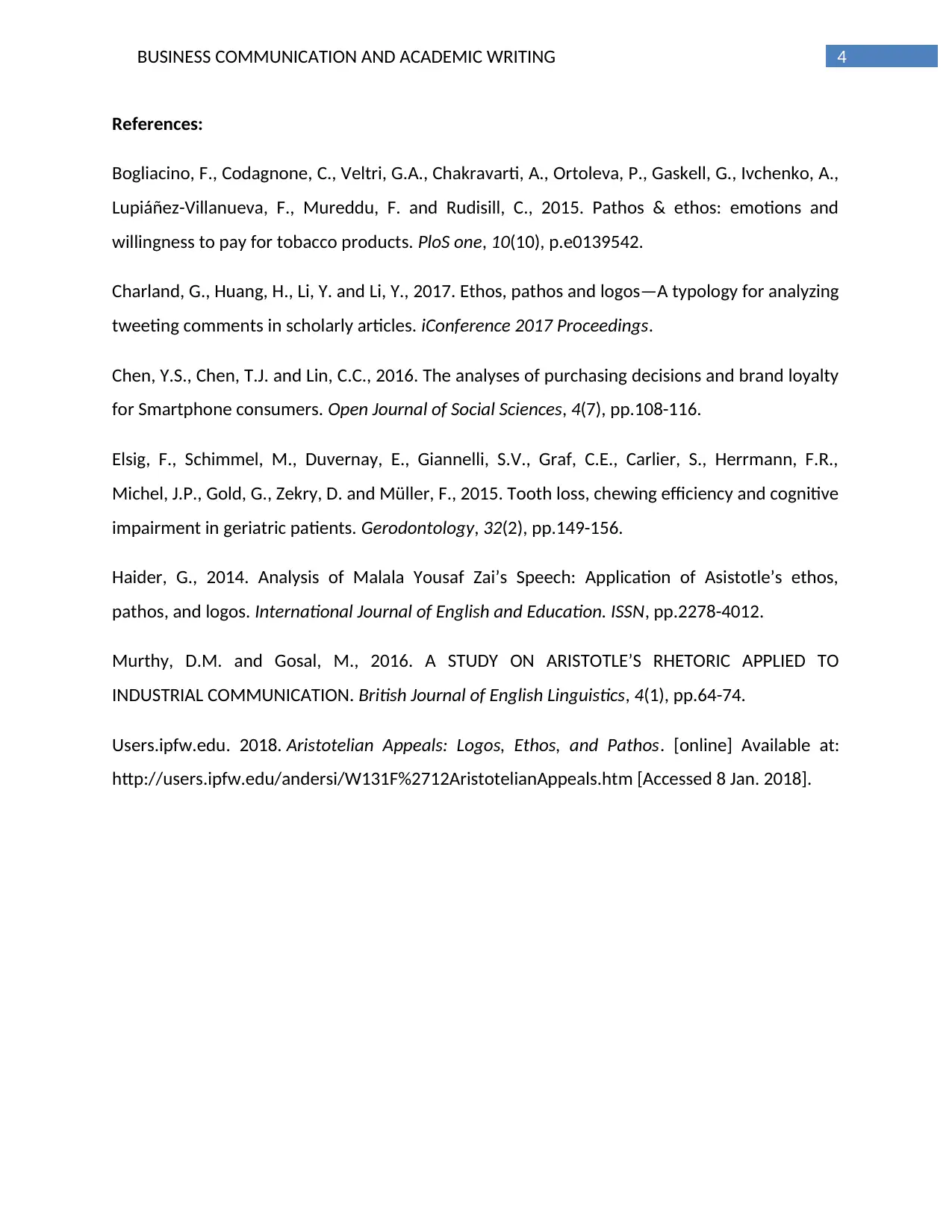






![[object Object]](/_next/static/media/star-bottom.7253800d.svg)